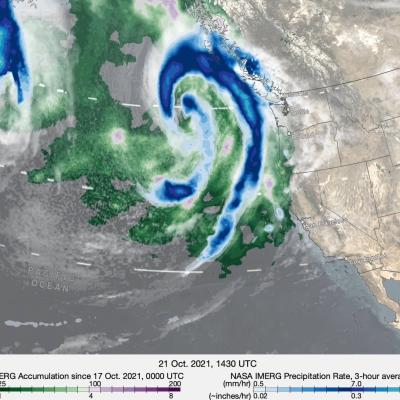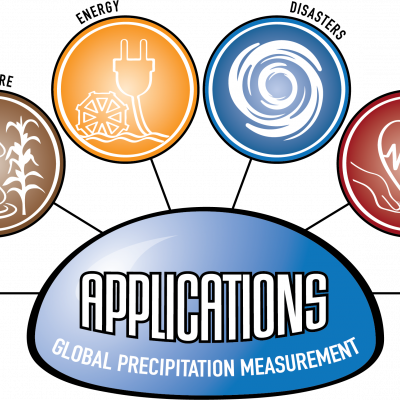Publication Year
Journal
IEEE Transactions on Geoscience and Remote Sensing
Volume
59(11)
Page Numbers
8968-8977
DOI
10.1109/TGRS.2021.3049921
Mission Affiliation
Major Category
2021 PMM Science Team Meeting
Dates
Location
Virtual (Microsoft Teams)
The meeting is by invitation to Precipitation Measurement Mission (PMM) Science Team members and specified affiliates.
Due to the Delta variant and rising numbers of COVID cases, as well as the fact that only a relatively small number of team members were expected to attend the meeting in Arizona in person, our science team meeting will switch to a virtual format this year.
The dates will remain the same, Monday, October 18 through Friday, October 22. All times will be Eastern Daylight Savings time.
Mission Affiliation



